3,995cc DOHC Inline 6-Cylinder Engine 3 SU Carburetors 282bhp at 5,500rpm 3-Speed BorgWarner Automatic Transmission Independent Front Suspension, Live Rear Axle with Coil Springs 4-Wheel Disc Brakes *Just 2 owners from new *Award winner at the 2015 Amelia Island Concours *Breathtakingly restored example *Truly iconic model; James Bond's preferred Aston Martin THE ASTON MARTIN DB5 "Like all classic GT cars, it combines enormous speed and comfort and the more you put into your driving, the more the car returns for your entertainment. And the DB5 really is entertaining to anyone who can exploit its outstanding performance, handling and brakes. It will also carry four people (just) and a fair amount of luggage so the merits of family transport (if need be) have not entirely been sacrificed to speed and elegant looks." Motor, 6th February 1963. Aston Martin's post-war evolution took a giant step forward with the launch of the DB4 in 1958. Classically proportioned, the Carrozzeria Touring of Milan-designed body established an instantly recognizable look that would stand the marque in good stead until 1970. The engine was still an all-alloy, twin-overhead-camshaft, six but the old W O Bentley supervised 3.0-liter unit had been superseded by a new design by Tadek Marek. The new 3,670cc engine featured 'square' bore and stroke dimensions of 92mm, and developed its maximum power of 240bhp at 5,500rpm. The David Brown gearbox was a new four-speed all-synchromesh unit. Touring's Superleggera body construction, which employed a lightweight tubular structure to support the aluminum body panels, was deemed incompatible with the DB2/4-type multi-tubular spaceframe, so engineer Harold Beach drew up an immensely strong platform type chassis. The DB2/4's trailing-link independent front suspension gave way to unequal-length wishbones while at the rear the DB4 sported a live axle located by a Watts linkage instead of its predecessor's Panhard rod. Five series were built as the model gradually metamorphosed into the DB5. Introduced in July 1963, the Aston Martin DB5 boasted a 4.0-liter engine, this enlarged unit having been seen first in the Lagonda Rapide of 1961. Equipped with three SU carburetors, the '400' engine produced 282bhp at 5,500rpm and was mated to a four-speed/overdrive gearbox, a 'proper' ZF five-speed unit being standardized later. The DB5's distinctive cowled headlamps had first appeared on the DB4GT and the newcomer was the same size as the lengthened, Series V DB4. Outwardly there was little to distinguish the DB5 from the last of the DB4s apart from twin fuel filler caps, though these had already appeared on some cars, and a slimmer bonnet scoop. Beneath the skin however, there were numerous improvements including alternator electrics, Girling disc brakes instead of Dunlops, Sundym glass, electric windows and an oil pressure gauge as standard equipment. From September 1964 the 314bhp, the triple-Weber Vantage engine became available and was fitted to a total of 95 cars. The DB5 was also offered in convertible form (the 'Volante' name would not be applied to the soft-top Aston until the DB6's arrival) while independent coachbuilder Harold Radford offered a shooting brake conversion. 1,021 DB5s were manufactured between July 1963 and September 1965, a total that included 123 convertibles and 12 shooting brakes. THE MOTORCAR OFFERED The spectacularly well-presented Aston Martin DB5 presented here was ordered new to the city of Chicago and delivered to a Mr. Peter Baraban Junior. Originally finished in the vibrant color of Fiesta Red, the interior features the more subdued and traditional black Connolly leather. Shown on the build sheet are a number of particular non-standard equipment items including a Normalair air conditioner, a Bosch Koln TR radio with power antenna, heated rear screen, 3.73 limited slip differential, engine breather valve scheme, chrome wheels, and lastly a Borg Warner automatic transmission. Unlike many other
3,995cc DOHC Inline 6-Cylinder Engine 3 SU Carburetors 282bhp at 5,500rpm 3-Speed BorgWarner Automatic Transmission Independent Front Suspension, Live Rear Axle with Coil Springs 4-Wheel Disc Brakes *Just 2 owners from new *Award winner at the 2015 Amelia Island Concours *Breathtakingly restored example *Truly iconic model; James Bond's preferred Aston Martin THE ASTON MARTIN DB5 "Like all classic GT cars, it combines enormous speed and comfort and the more you put into your driving, the more the car returns for your entertainment. And the DB5 really is entertaining to anyone who can exploit its outstanding performance, handling and brakes. It will also carry four people (just) and a fair amount of luggage so the merits of family transport (if need be) have not entirely been sacrificed to speed and elegant looks." Motor, 6th February 1963. Aston Martin's post-war evolution took a giant step forward with the launch of the DB4 in 1958. Classically proportioned, the Carrozzeria Touring of Milan-designed body established an instantly recognizable look that would stand the marque in good stead until 1970. The engine was still an all-alloy, twin-overhead-camshaft, six but the old W O Bentley supervised 3.0-liter unit had been superseded by a new design by Tadek Marek. The new 3,670cc engine featured 'square' bore and stroke dimensions of 92mm, and developed its maximum power of 240bhp at 5,500rpm. The David Brown gearbox was a new four-speed all-synchromesh unit. Touring's Superleggera body construction, which employed a lightweight tubular structure to support the aluminum body panels, was deemed incompatible with the DB2/4-type multi-tubular spaceframe, so engineer Harold Beach drew up an immensely strong platform type chassis. The DB2/4's trailing-link independent front suspension gave way to unequal-length wishbones while at the rear the DB4 sported a live axle located by a Watts linkage instead of its predecessor's Panhard rod. Five series were built as the model gradually metamorphosed into the DB5. Introduced in July 1963, the Aston Martin DB5 boasted a 4.0-liter engine, this enlarged unit having been seen first in the Lagonda Rapide of 1961. Equipped with three SU carburetors, the '400' engine produced 282bhp at 5,500rpm and was mated to a four-speed/overdrive gearbox, a 'proper' ZF five-speed unit being standardized later. The DB5's distinctive cowled headlamps had first appeared on the DB4GT and the newcomer was the same size as the lengthened, Series V DB4. Outwardly there was little to distinguish the DB5 from the last of the DB4s apart from twin fuel filler caps, though these had already appeared on some cars, and a slimmer bonnet scoop. Beneath the skin however, there were numerous improvements including alternator electrics, Girling disc brakes instead of Dunlops, Sundym glass, electric windows and an oil pressure gauge as standard equipment. From September 1964 the 314bhp, the triple-Weber Vantage engine became available and was fitted to a total of 95 cars. The DB5 was also offered in convertible form (the 'Volante' name would not be applied to the soft-top Aston until the DB6's arrival) while independent coachbuilder Harold Radford offered a shooting brake conversion. 1,021 DB5s were manufactured between July 1963 and September 1965, a total that included 123 convertibles and 12 shooting brakes. THE MOTORCAR OFFERED The spectacularly well-presented Aston Martin DB5 presented here was ordered new to the city of Chicago and delivered to a Mr. Peter Baraban Junior. Originally finished in the vibrant color of Fiesta Red, the interior features the more subdued and traditional black Connolly leather. Shown on the build sheet are a number of particular non-standard equipment items including a Normalair air conditioner, a Bosch Koln TR radio with power antenna, heated rear screen, 3.73 limited slip differential, engine breather valve scheme, chrome wheels, and lastly a Borg Warner automatic transmission. Unlike many other



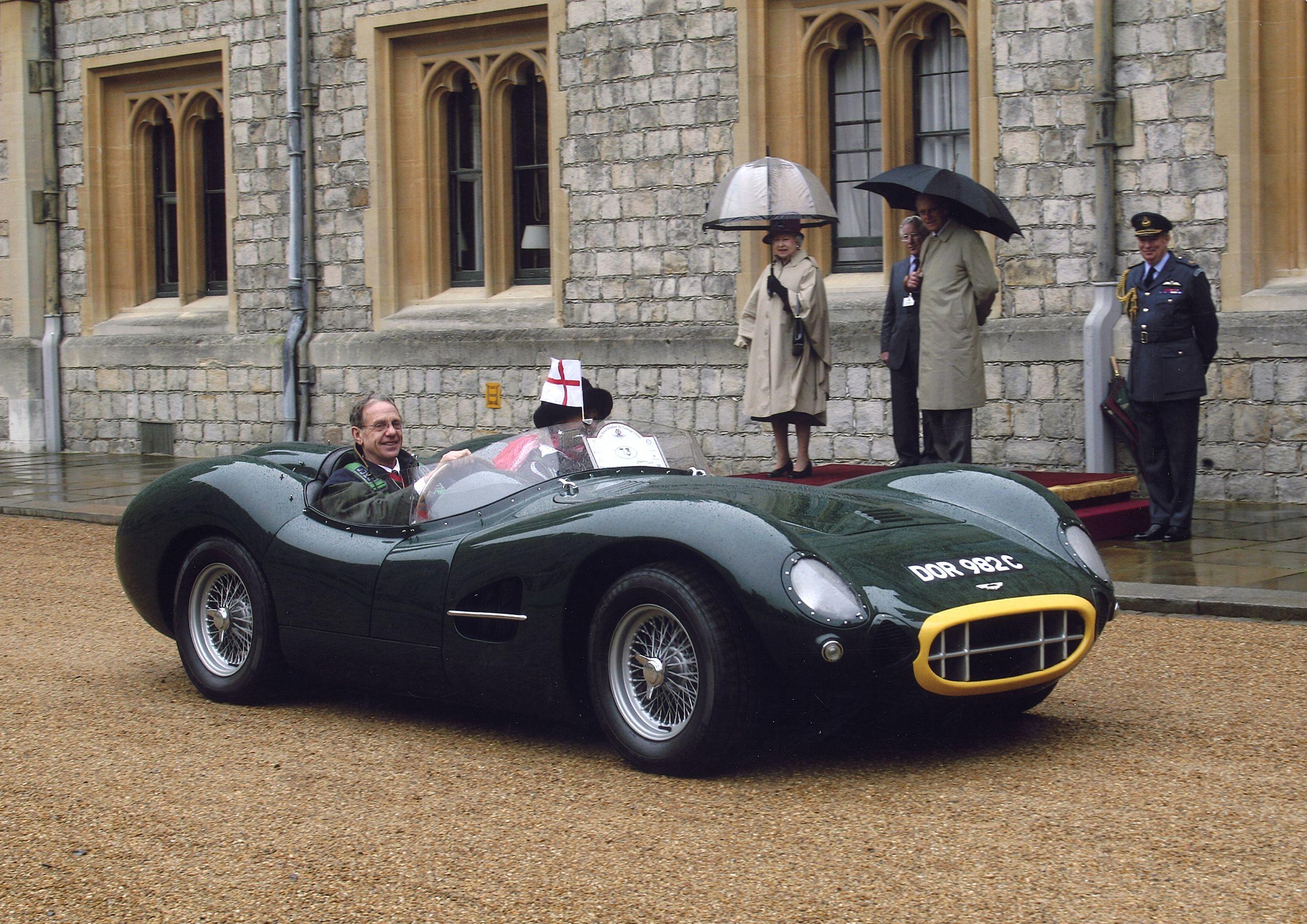


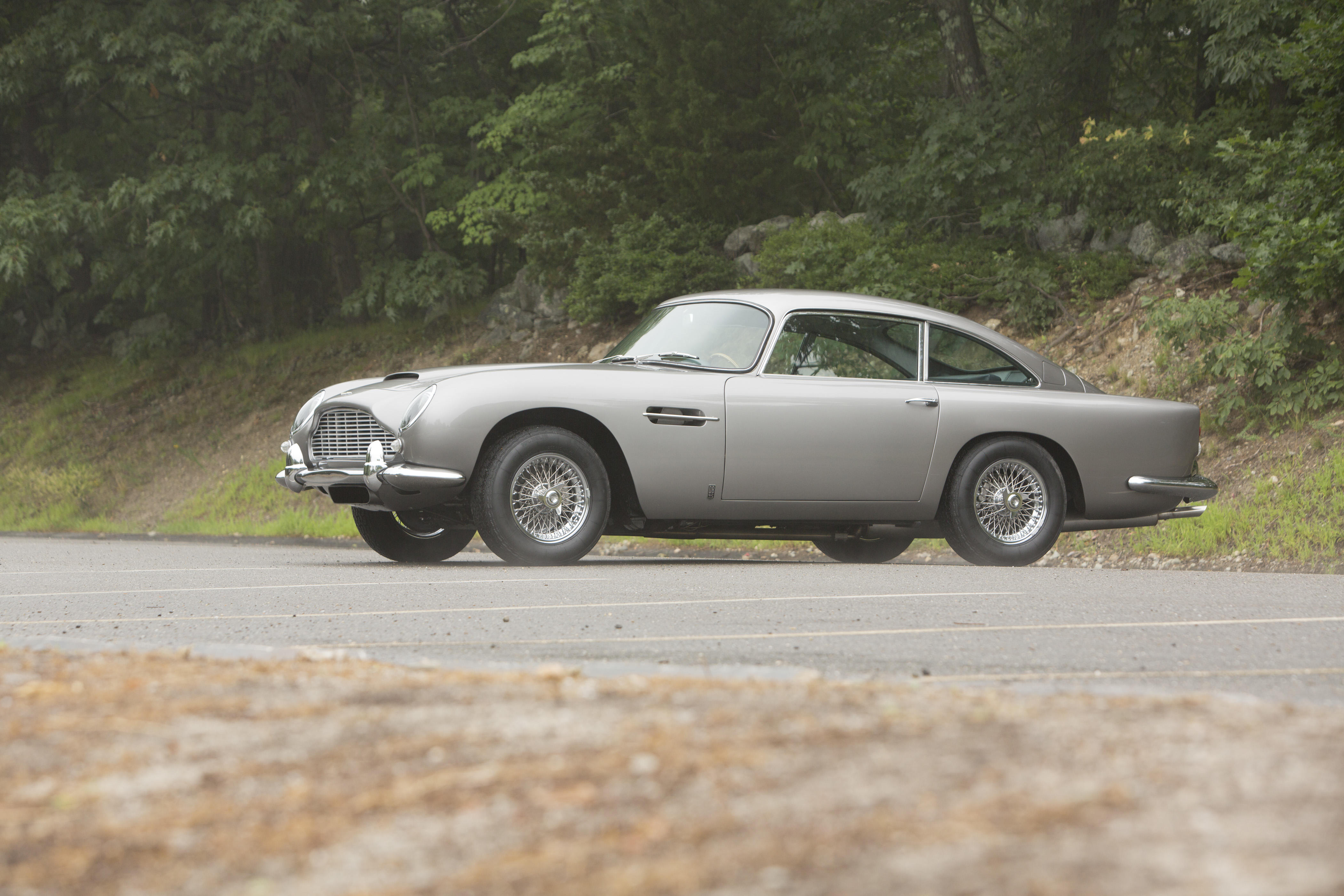
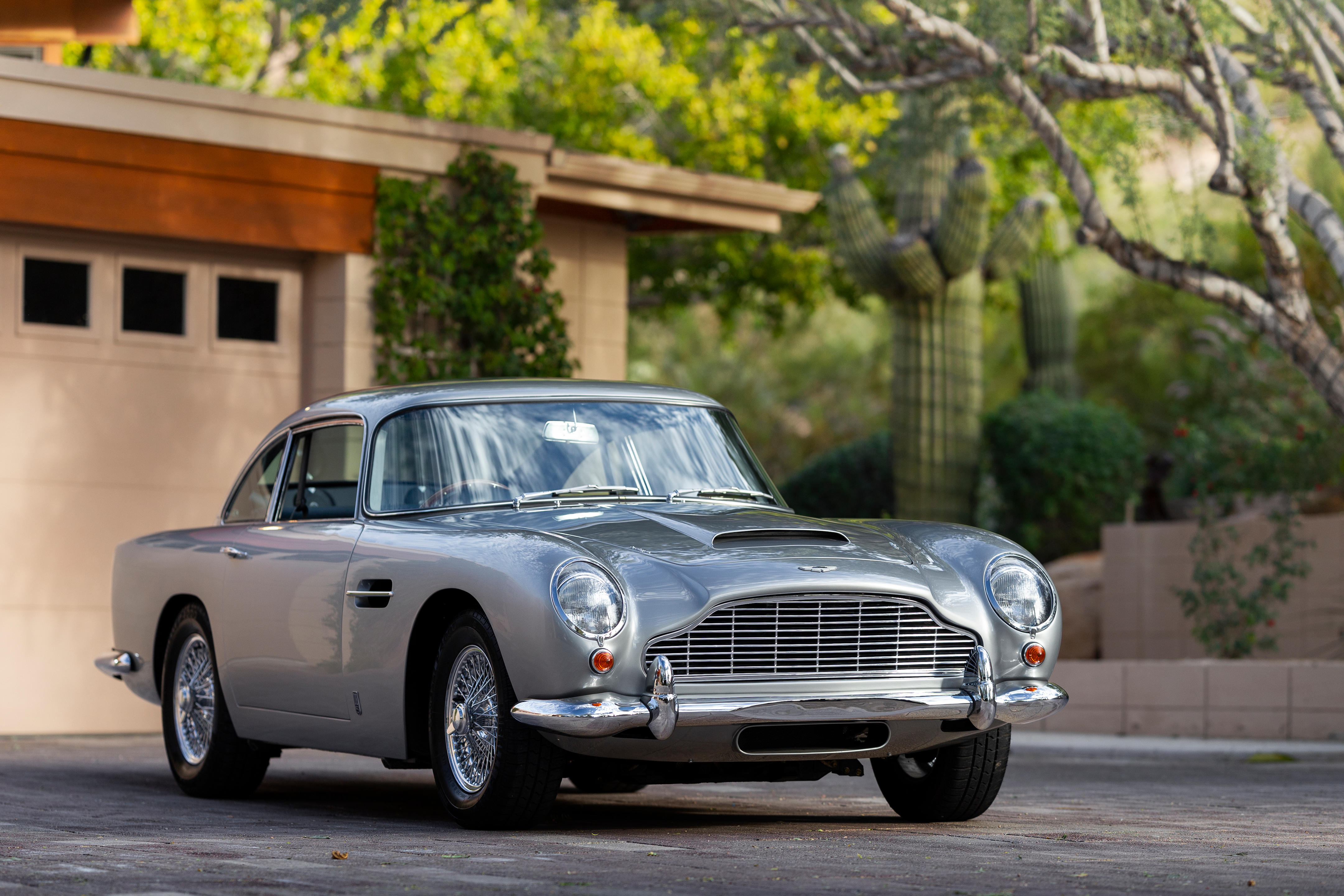
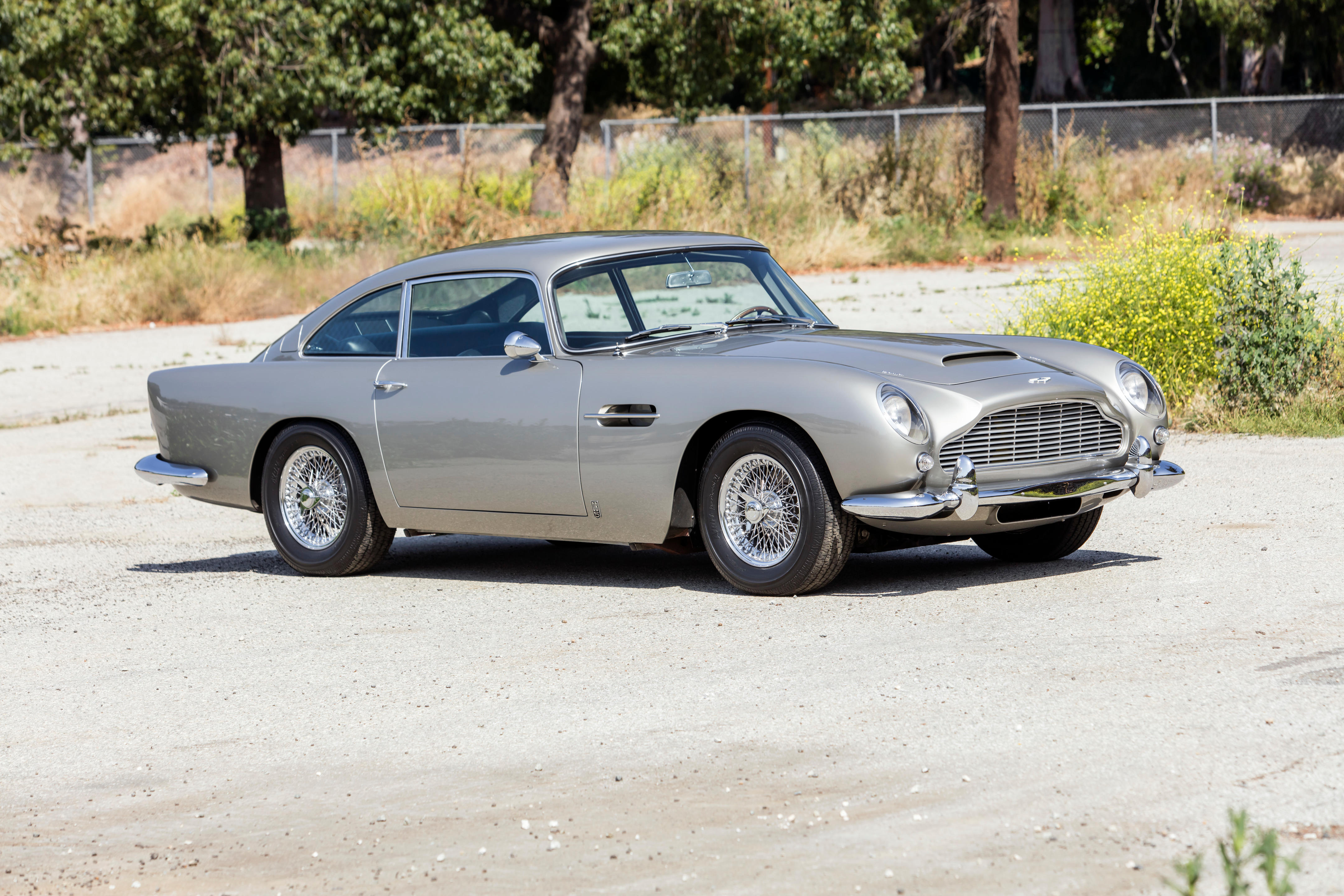
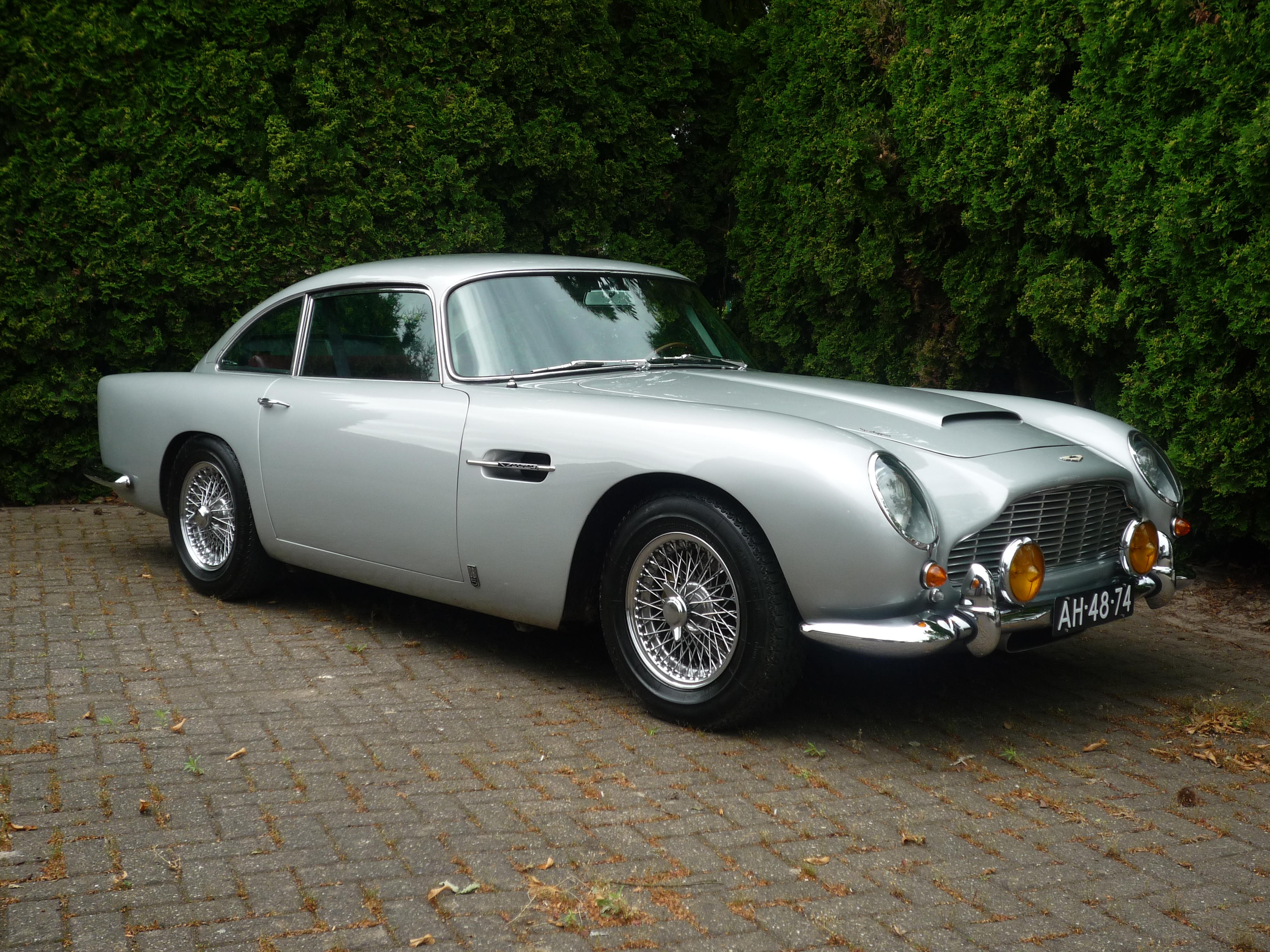
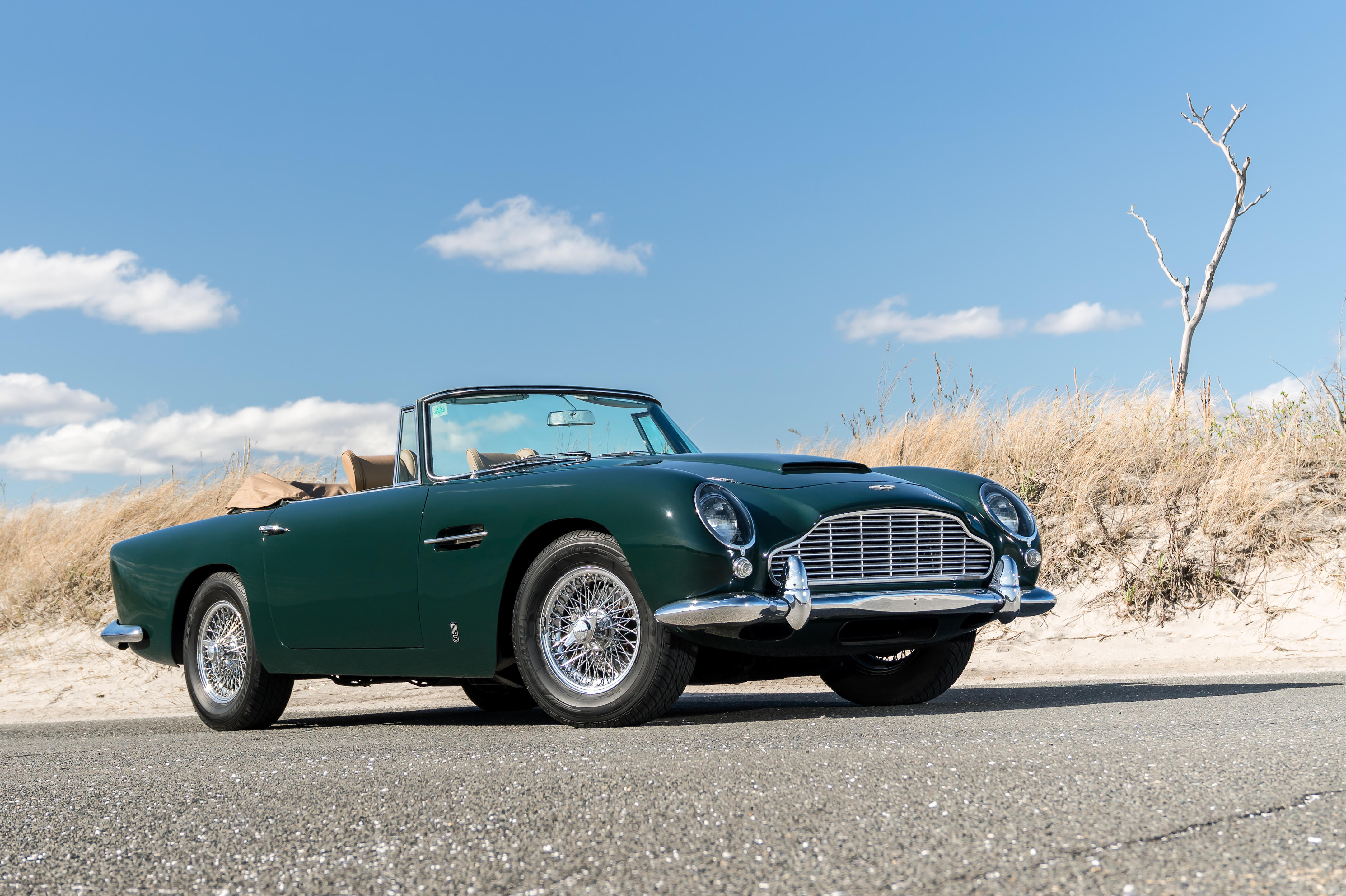
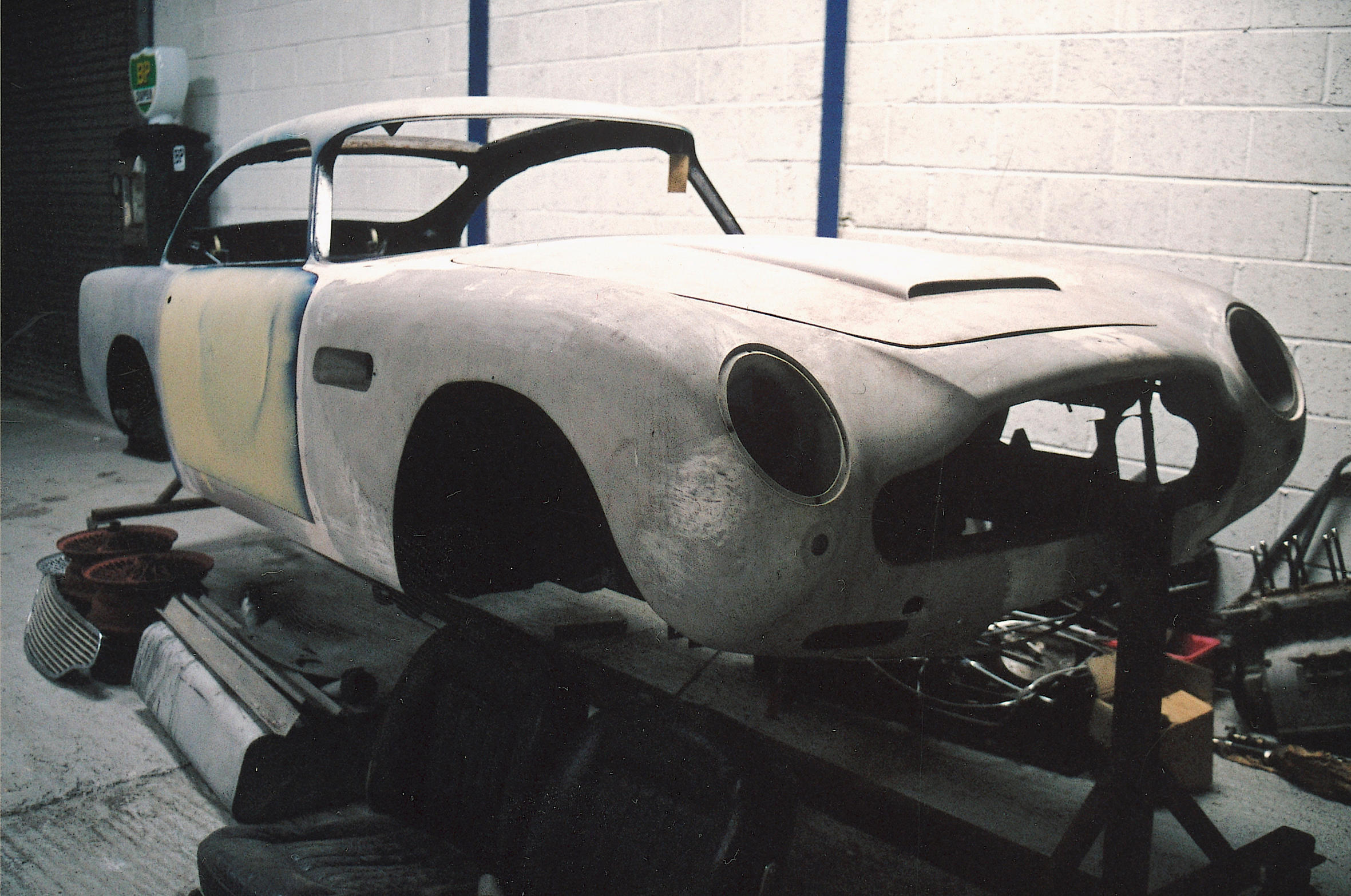



Testen Sie LotSearch und seine Premium-Features 7 Tage - ohne Kosten!
Lassen Sie sich automatisch über neue Objekte in kommenden Auktionen benachrichtigen.
Suchauftrag anlegen